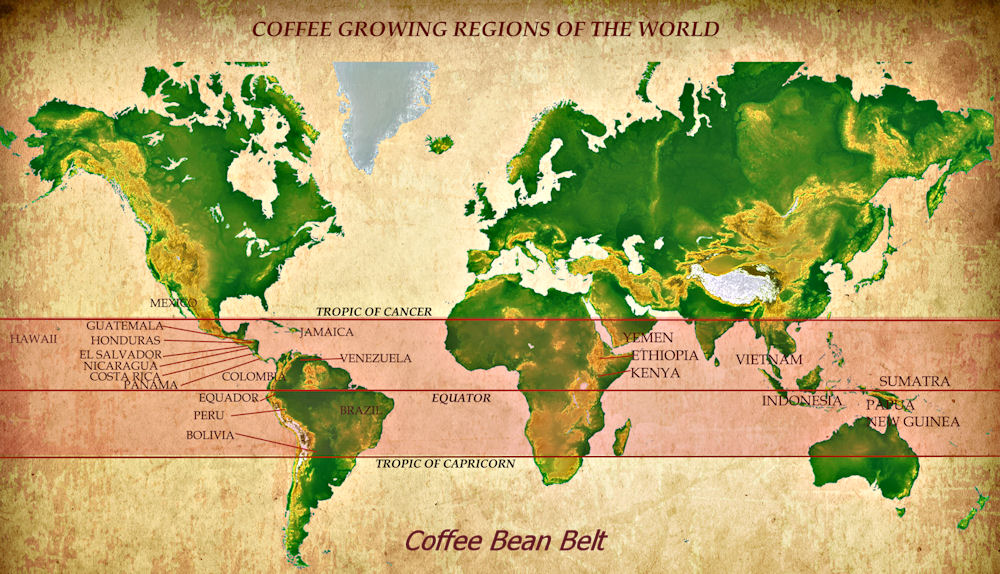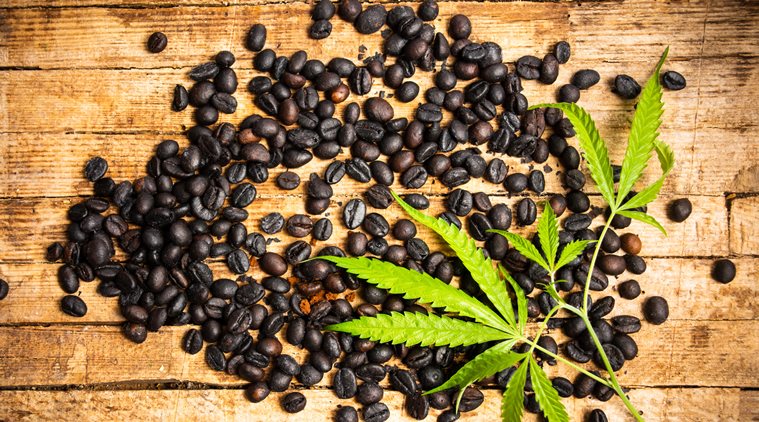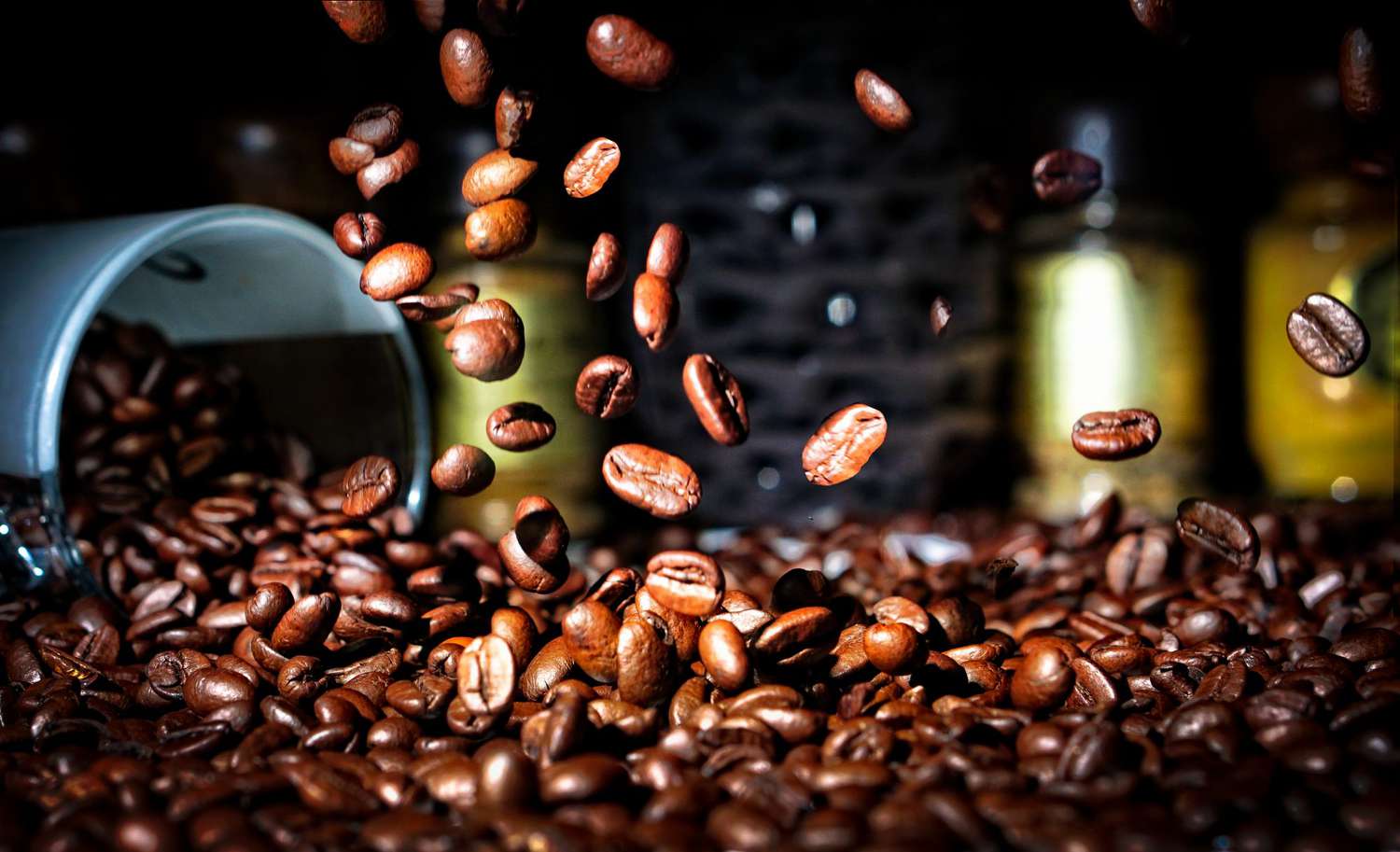
Some of us need our daily fix right in the morning; some prefer black, with milk or the many variants that one gets – mocha, latte, frappe etc. through countless visits to the local Barista around the corner or the many retail chains that have their presence especially near the corporates or IT Parks.
But the Pandemic changed it all, the run to the coffee shop to get the daily fix before starting a hectic day at work, or the countless cups of coffee taken from the coffee machine in the office, either to give extra fuel during the all-important weekly, monthly target review meetings or even to recharge your batteries as one worked on daily routines.
Coffee was and is an essential for many of us; it is the drink that keeps us going, but what happened during the Pandemic?
Like all industries, coffee – the world’s most popular beverage- had to overcome unprecedented challenges to carry on in the time of the Pandemic.
Coffee Industry in 2020 – 21, the Pandemic, the hurdles and the outcome
The global coffee market is assessed at USD 102.O2 billion in 2020, and it was projected to reach a CAGR of 4.28% during the forecast period of 2021 – 26.
The year 2020 was not an smooth year for the coffee industry, as was the case with other sectors, too; the coffee industry is home to 25 million smallholder farmers who are responsible for growing 80% of the world’s Coffee.
Like any other industry, almost 125 million people globally depend on Coffee for their livelihood; this includes those who work in logistics, from transporting and roasting the coffee beans to selling the final product. The web-only grows more intricate as many local baristas and coffee shop owners come into the picture, not to forget the thousands of livelihoods it supports, as people working in the coffee shops.
The Global coffee market is highly competitive. The Pandemic led to a major impact in shifting business as well as human structures, so much so that while we are still in the midst of the Pandemic, the countless businesses that suffered are still reeling with the impact, and the same is the case with the coffee industry.

The leading Coffee importing and consuming markets in the world are Europe, North America and Asia. The largest exporter of Coffee in the world is Brazil. While the Pandemic put a halt or a slow spin in the world logistics, operations and businesses, Brazil was/is set to have the best year on record on coffee production 20-21, a jump of more than three million bags as compared to the previous year on year for its premium bean, Arabica.
One of the biggest coffee consumers in the world is Italy; also one of the world’s first nations to impose restrictions on people leaving homes during the onset of the Pandemic; consumers were given little choice but to adapt quickly to get their daily fix.
While it led to local coffee shops to close, it also led to a steep rise in coffee grocery sales, which increased by 23% in the first week of the lockdown itself.
However, even before the lockdown owning to the Pandemic, Coffee was already the number one e-commerce grocery product before 2020.
However, the International Coffee Organization (ICO) gave an outline of how the Covid -19 pandemic would impact the global coffee sector; it said that the Covid -19 pandemic is likely to have a serious impact on the global coffee sector, which includes the production, consumption and the international trade.
It is important to note that the coffee sector before 2020 had been witnessing a prolonged period of low producer prices. Even though the industry was seeing steady overall growth, coffee prices have registered a continued downward trend since 2016 and dropped 30% below the average of the last ten years.
According to the ICO – on the one hand, it led to at a retail and supermarket level panic buying and stockpiling that led to the short term increase in the consumer demands in several countries, leading to an initial spike in demand, it warned that in the coming months it is plausible that there will be proportionally less demand.
Further adding that the Coffee industry is likely to see a more profound effect on global coffee demand as a result of global recessions triggered by the direct and indirect impact of the Covid -19 pandemic.
One of the key reasons is the loss of livelihood and reduced household incomes, resulting in lower demands in Coffee in terms of volume.
According to a survey done in 2018, out–of–home coffee consumed represented approximately 26.1% of the total quantity of Coffee consumed worldwide.

2021, the Coffee Industry coming out on Top
According to Business Wire’s “Coffee and Tea Global Market Report, 2020-30: COVID-19 Impact and Recovery” report, the total Coffee and tea market is predicted to grow from $142.1 billion in 2019 to $148.5 billion in 2020, an annual growth rate of 4.6 per cent.
While the above rate is low due to the Covid -19 closings, however, analysts predict that the industry is expected to jump back to an average growth rate of 9% yearly to reach an estimated $191.1 billion in 2023.
According to the latest market research report on the coffee market, it is expected to expand at a healthy CAGR of 2. 75%. Also, the food products industry is anticipated to have positive growth even with the direct impact of the Pandemic on the market. Even as the effects of the Covid -19 spreads, it is expected that the coffee market is expected to have neutral and at par growth.
The impact of the Pandemic has led companies around the world to focus on creating a Resilient Business Model; vendors globally continue their ongoing operations while also focusing on building resilient business models as the path to recovery from the impact of the Pandemic is being chalked out.
/GettyImages-936840910-5c8ea8b2c9e77c0001ff0ae6.jpg)
So what is new in the coffee market?
- In August 2021, coffee prices recorded the tenth consecutive month of increase, sparked by the concerns of oversupply due to adverse climate conditions in major producing countries and increasing freight costs coupled with covid-19 lockdown restrictions disrupting trade flows in Asia.
- World coffee exports amounted to 10.61 million bags in July 2021, compared with 10.47 million in July 2020.
- Exports in the first 9 months of coffee year 2020/21 (Oct/20 to July/21) have increased by 2.1% to 108.92 million bags compared to 106.63 million bags in the same period in 2019/20.
Hence while the coffee market was hit hard by the lockdown, there are definite signs of recovery and regrowth.
So while it may still be time until when one can walk to their favourite Barista or the countless retail chains serving the best version of our favourite Coffee, one can still enjoy a good cup of coffee right at home while working or otherwise.





